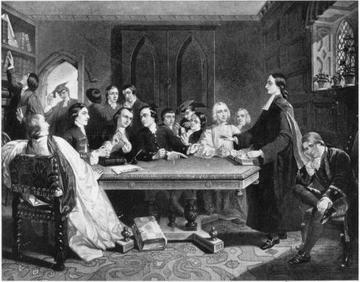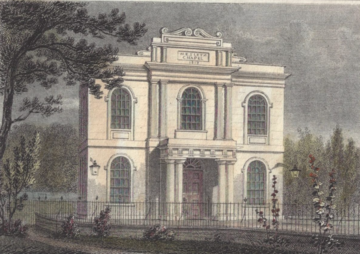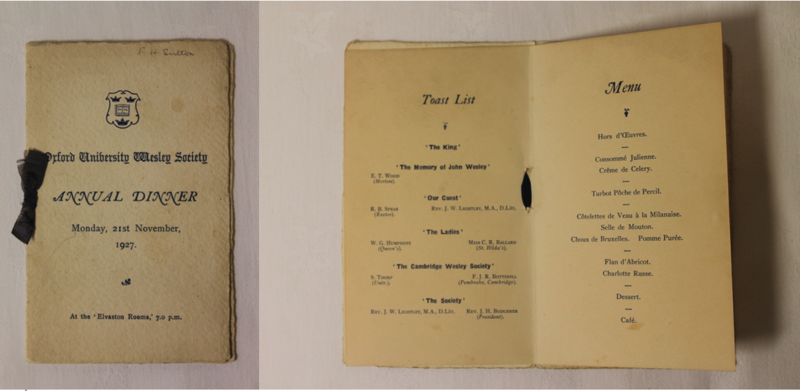When John Wesley came to write an account of the Methodist movement, he placed its ‘first rise’ in Oxford, with the ‘Holy Club’ of serious-minded young dons and undergraduates gathered around the Wesley brothers in the late 1720s. This initiative for spiritual renewal began in the University and within the Church of England. By the end of the eighteenth century, however, Methodism in its various forms was viewed with considerable suspicion by the authorities, both ecclesiastical and academic, and in the decades after Wesley’s death in 1791 there was a gradual parting of the ways. The Methodist mission in Oxford focussed on ‘town’ rather than ‘gown’, and when a new Wesleyan chapel was opened in New Inn Hall Street in 1818 the proctors appeared at the inaugural service to ensure that no undergraduates were present. Benjamin Gregory, Wesleyan Superintendent Minister in Oxford from 1857, found that 'with the University the one unpardonable sin was attendance at a Nonconformist church'.

A meeting of the 'Holy Club' at Oxford.
Gregory was writing three years after political pressure to give greater civil rights to non-Anglicans had combined with calls for University reform to break the Anglican monopoly in Oxford: in 1854 the BA degree was opened to Nonconformists and in 1871 the Universities Tests Act made it possible for them to proceed to higher degrees and fellowships. Numbers remained vanishingly small, however, and Methodist leaders feared that young people who reached Oxford would be drawn away to the Church of England.

New Inn Hall Street Chapel, 1818. Designed by William Jenkins, it was the first purpose built Methodist Chapel in Oxford.
Against this background, the Wesley Union was formed in Michaelmas Term 1882. The original plan was to recruit undergraduates to run a Mission Room in Catherine Street, St Clements, offering worship services and a Sunday School in a poor district of East Oxford. This soon petered out, and the Union (later the Wesley Guild, and then the Wesley Society) settled into a rhythm of evening meetings in members’ college rooms, usually with an invited speaker. Hosts were permitted to spend up to seven shillings and sixpence on refreshments but were not allowed to claim for the cost of tobacco. Gradually the programme of guest speakers was supplemented by papers read by members and by debates, so, for example, the Guild voted in summer 1891 that ‘we need athletics’. More seriously, links were established with the Wesleyans’ Bermondsey Settlement, and a number of members moved on graduation to South London, living in the Settlement and supporting its programme of social and educational work.

The menu card from the Wesley Society Dinner in 1927.
Membership of the group remained small up to the First World War, with around thirty members in most years. In the inter-war period, the reunion of the different branches of the Methodist movement in Great Britain brought about an amalgamation of Methodist student societies in Oxford into the John Wesley Society in 1933. By the end of the decade membership stood at one hundred. The expansion of access to higher education after 1945 brought substantial growth, and JWS membership increased to several hundred in the 1960s. A gradual decline then set in, and the Society was formally disbanded in 2019.
Martin Wellings is a Methodist minister and was Superintendent of the Oxford Methodist Circuit from 2008 until 2020.